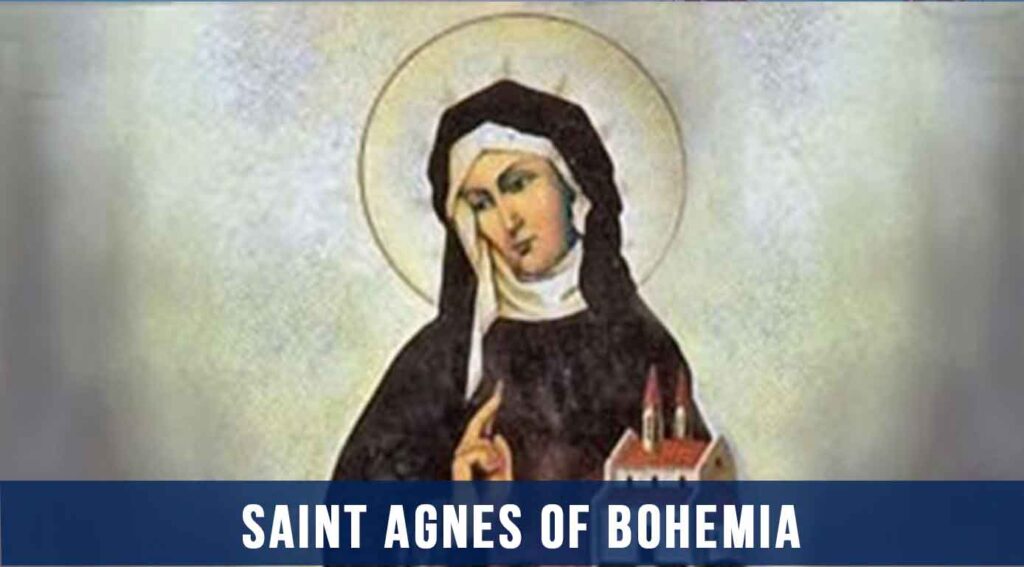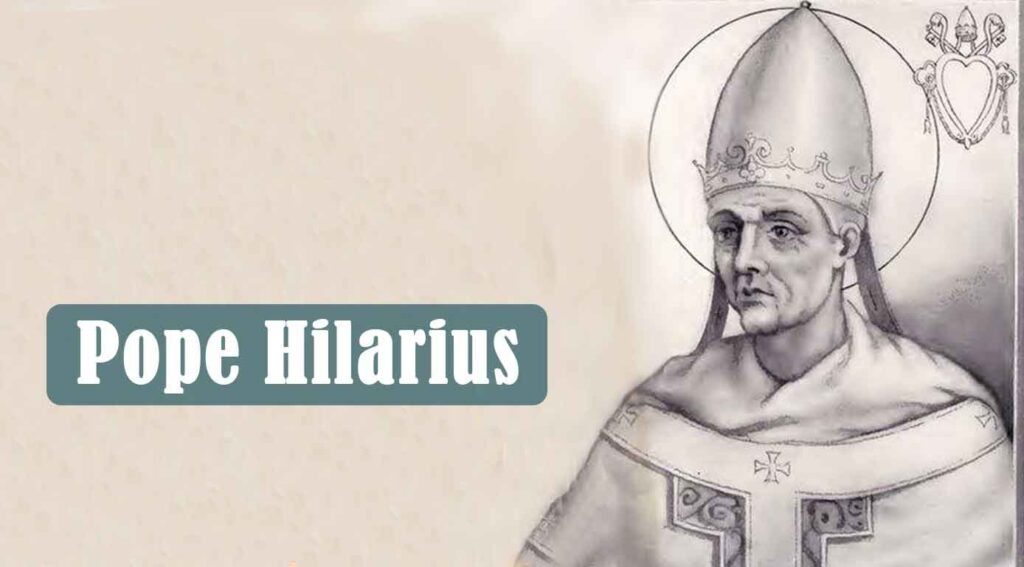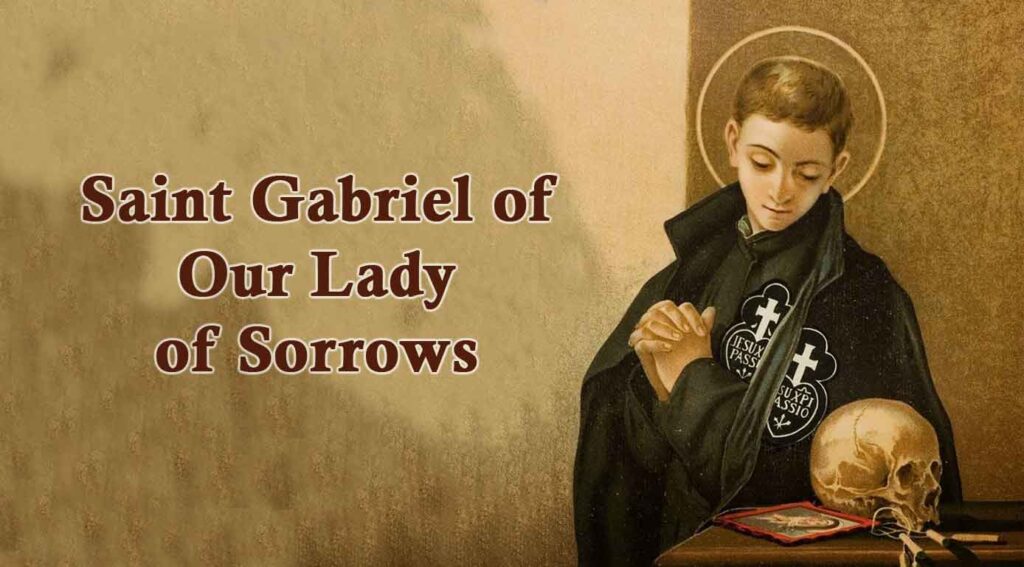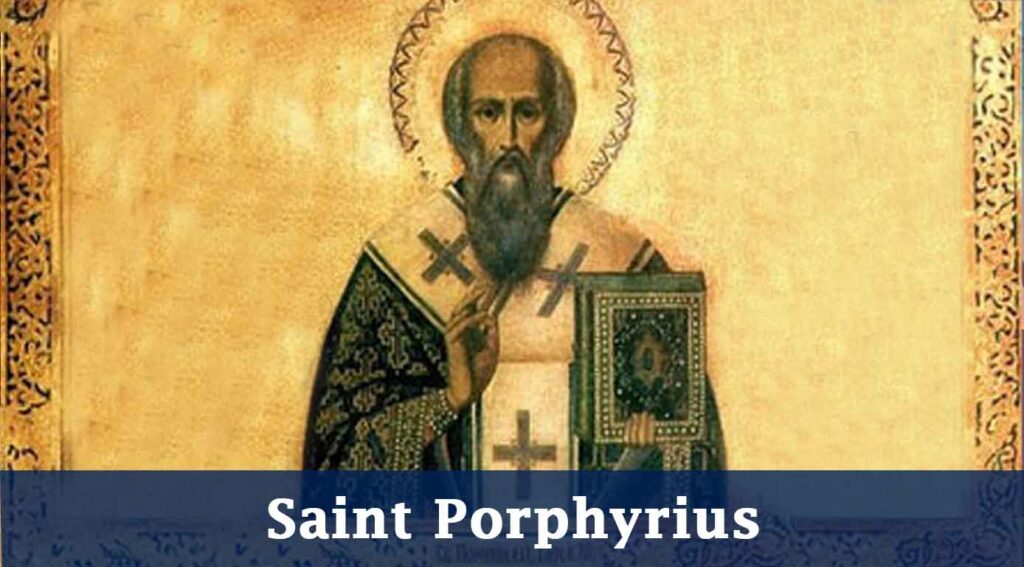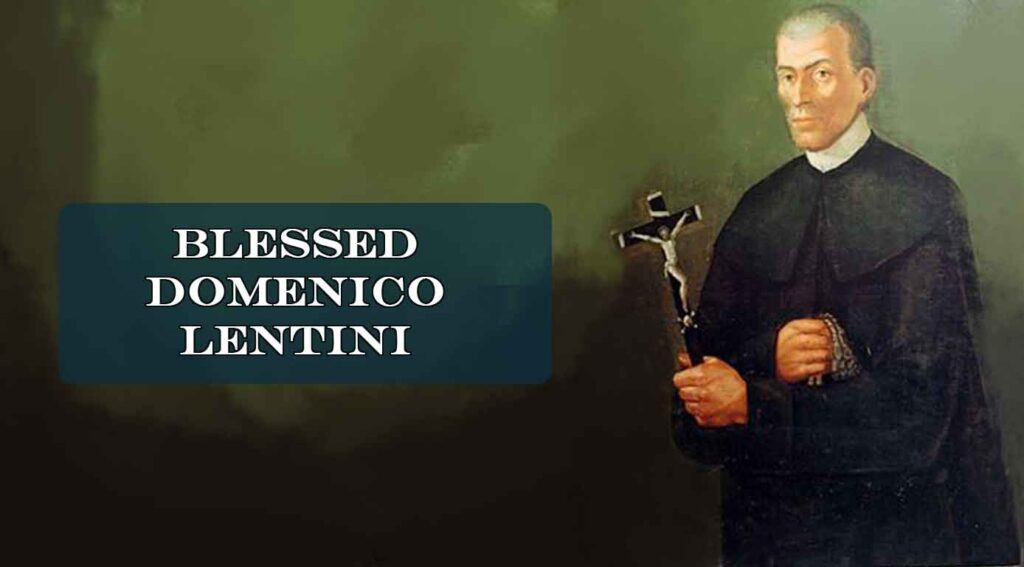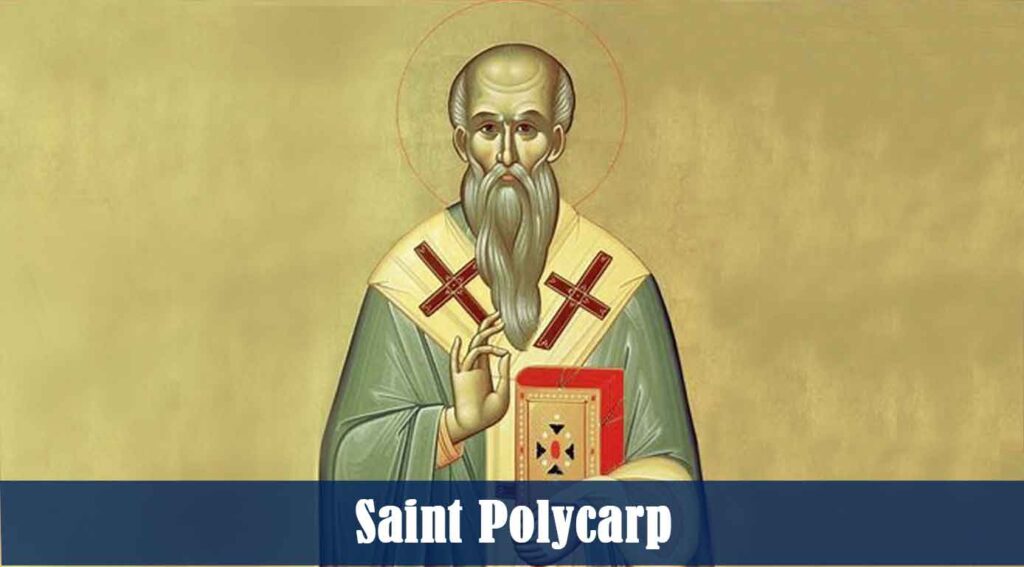Daily Saints
Saint Katharine Drexel
Saint Katharine Drexel was born in Philadelphia in 1858, she had an excellent education and traveled widely. As a rich girl, Katharine also had a grand debut into society. But when she nursed her stepmother through a three-year terminal illness, she saw that all the Drexel money could not buy safety from pain or death, and her life took a profound turn.
Katharine had always been interested in the plight of the Indians, having been appalled by what she read in Helen Hunt Jackson’s A Century of Dishonor. While on a European tour, she met Pope Leo XIII and asked him to send more missionaries to Wyoming for her friend Bishop James O’Connor. The pope replied, “Why don’t you become a missionary?” His answer shocked her into considering new possibilities.
Back home, Katharine visited the Dakotas, met the Sioux leader Red Cloud and began her systematic aid to Indian missions.
Katharine Drexel could easily have married. But after much discussion with Bishop O’Connor, she wrote in 1889, “The feast of Saint Joseph brought me the grace to give the remainder of my life to the Indians and the Colored.” Newspaper headlines screamed “Gives Up Seven Million!”
After three and a half years of training, Mother Drexel and her first band of nuns—Sisters of the Blessed Sacrament for Indians and Colored—opened a boarding school in Santa Fe. A string of foundations followed. By 1942, she had a system of black Catholic schools in 13 states, plus 40 mission centers and 23 rural schools. Segregationists harassed her work, even burning a school in Pennsylvania. In all, she established 50 missions for Indians in 16 states.
Two saints met when Mother Drexel was advised by Mother Cabrini about the “politics” of getting her order’s Rule approved in Rome. Her crowning achievement was the founding of Xavier University in New Orleans, the first Catholic university in the United States for African Americans.
At 77, Mother Drexel suffered a heart attack and was forced to retire. Apparently her life was over. But now came almost 20 years of quiet, intense prayer from a small room overlooking the sanctuary. Small notebooks and slips of paper record her various prayers, ceaseless aspirations, and meditations. She died at 96 and was canonized in 2000.
Sources:
https://www.franciscanmedia.org/saint-of-the-day/saint-katharine-drexel/
Saint Katharine Drexel Read More »
Saint Agnes of Bohemia
Saint Agnes had no children of her own but was certainly life-giving for all who knew her.
Agnes was the daughter of Queen Constance and King Ottokar I of Bohemia. She was betrothed to the Duke of Silesia, who died three years later. As she grew up, she decided she wanted to enter the religious life.
After declining marriages to King Henry VII of Germany and King Henry III of England, Agnes was faced with a proposal from Frederick II, the Holy Roman Emperor. She appealed to Pope Gregory IX for help. The pope was persuasive; Frederick magnanimously said that he could not be offended if Agnes preferred the King of Heaven to him.
After Agnes built a hospital for the poor and a residence for the friars, she financed the construction of a Poor Clare monastery in Prague. In 1236, she and seven other noblewomen entered this monastery. Saint Clare sent five sisters from San Damiano to join them, and wrote Agnes four letters advising her on the beauty of her vocation and her duties as abbess.
Agnes became known for prayer, obedience and mortification. Papal pressure forced her to accept her election as abbess, nevertheless, the title she preferred was “senior sister.” Her position did not prevent her from cooking for the other sisters and mending the clothes of lepers. The sisters found her kind but very strict regarding the observance of poverty; she declined her royal brother’s offer to set up an endowment for the monastery.
Devotion to Agnes arose soon after her death on March 6, 1282. Canonized in 1989, her liturgical feast is celebrated on March 6.
Sources:
https://www.franciscanmedia.org/saint-of-the-day/saint-agnes-of-bohemia/
Saint Agnes of Bohemia Read More »
Saint David
Saint David was born in Caerfai, south west Wales into an aristocratic family. He founded a Celtic monastic community at Glyn Rhosyn (The Vale of Roses). His foundation at Glyn Rhosyn became an important Christian shrine. David’s fame as a teacher and his asceticism spread among Celtic Christians, and he helped found about 12 monasteries.
For centuries, 1 March has been a national festival. Saint David was recognised as a national patron saint in the 12th century. Traditional festivities include wearing daffodils and leeks, recognised symbols of Wales and Saint David, respectively, eating traditional Welsh food including cawl and Welsh rarebit, and women wearing traditional Welsh dress. An increasing number of cities and towns across Wales including Cardiff, Swansea and Aberystwyth also put on parades throughout the day.
The date of Saint David’s death is believed to be 1 March 589. His final words to the community of monks were: “Brothers be ye constant. The yoke which with single mind ye have taken, bear ye to the end; and whatsoever ye have seen with me and heard, keep and fulfil.”
Sources:
https://en.wikipedia.org/wiki/Saint_David%27s_Day
St David's Day 2017: everything you need to know about Wales' patron saint". The Daily Telegraph.
"St David (?-589)". BBC News. Archived from the original on 13 March 2017
Jenkins, Simon (2008). Wales: churches, houses, castles. Allen Lane. p. 125.
Pope Hilarius
Pope Hilarius was born in Sardinia. In 449, Hilarius served as a legate for Pope Leo I at the Second Council of Ephesus. His opposition to the condemnation of Flavian of Constantinople incurred the enmity of Dioscurus of Alexandria, who attempted to prevent him from leaving the city. Hilarius was able to make his escape and returned to Rome by an indirect route. He later erected an oratory at the Lateran in honor of John the Evangelist, to whom he attributed his safe passage.
As pope, he continued the policy of his predecessor, Leo I, who, in his contest with Hilary of Arles, had obtained from Emperor Valentinian III a famous rescript of 444 (called Novel 17) confirming the supremacy of the bishop of Rome. Hilarius continued to strengthen ecclesiastical government in Gaul and Spain.
In Rome, Hilarius worked zealously to counter the new emperor’s 467 edict of toleration for schismatic sects, which had been inspired, according to a letter of Pope Gelasius I, by a favourite of Emperor Anthemius named Philotheus, who espoused the Macedonian heresy. On one of the emperor’s visits to St Peter’s Basilica, the pope openly called him to account for his favourite’s conduct, exhorting him by the grave of St Peter to promise that he would allow no schismatical assemblies in Rome.
He was the bishop of Rome from 19 November 461 to his death on 29 February 468.
Sources:
https://en.wikipedia.org/wiki/Pope_Hilarius
Alban Butler, Paul Burns. Butler's Lives of the Saints: February, p. 266. A&C Black, 1995
https://www.catholic.org/saints/saint.php?saint_id=3774
Saint Gabriel of Our Lady of Sorrows
Born in Italy into a large family and baptized Francis, Saint Gabriel lost his mother when he was only four years old. He was educated by the Jesuits and, having been cured twice of serious illnesses, came to believe that God was calling him to the religious life. Young Francis wished to join the Jesuits but was turned down, probably because of his age, not yet 17. Following the death of a sister to cholera, his resolve to enter religious life became even stronger and he was accepted by the Passionists. Upon entering the novitiate he was given the name Gabriel of Our Lady of Sorrows.
Ever popular and cheerful, Gabriel quickly was successful in his effort to be faithful in little things. His spirit of prayer, love for the poor, consideration of the feelings of others, exact observance of the Passionist Rule as well as his bodily penances—always subject to the will of his wise superiors— made a deep impression on everyone.
His superiors had great expectations of Gabriel as he prepared for the priesthood, but after only four years of religious life symptoms of tuberculosis appeared. Ever obedient, he patiently bore the painful effects of the disease and the restrictions it required, seeking no special notice. He died peacefully on February 27, 1862, at age 24, having been an example to both young and old.
Saint Gabriel of Our Lady of Sorrows was canonized in 1920.
Sources:
https://www.franciscanmedia.org/saint-of-the-day/saint-gabriel-of-our-lady-of-sorrows/
Saint Gabriel of Our Lady of Sorrows Read More »
Saint Porphyrius
Saint Porphyrius was bishop of Gaza from 395 to 420, known, from the account in his Life, for Christianizing the recalcitrant pagan city of Gaza, and demolishing its temples.
Saint Porphyrius was appointed bishop at the age of 45. He sent Marcus, his deacon and chronicler, to Constantinople in 398 to obtain an order to close the pagan temples of Gaza. An official named Hilarius duly arrived with soldiers to close the temples, but the Marneion remained open because Hilarius was bribed with a large sum of money (Vita 27). There was no great change, however, in the attitude of the people, who refused to allow Christians “to hold any civil office, but entreated them as naughty slaves”. He then went to Constantinople during the winter of 401–402, accompanied by the bishop of Caesarea Palaestina, and together they convinced the Empress Eudoxia.
The saint’s body is said to be buried in Saint Porphyrius’ Church, in Gaza City, in the State of Palestine.
Blessed Domenico Lentini
Saint Domenico Lentini was born on 20 November 1770 in Lauria. He was an Italian Roman Catholic priest.
In 1785 he felt a call to become a priest and he commenced his ecclesial studies alongside Giuseppe Ielpo who entered just a few months prior to him. Giuseppe would later become Lentini’s confessor.
Lentini was ordained as a priest in 1794 and served as a life-long parish priest in his hometown of Potenza where he dedicated himself to promoting Eucharistic devotion and to working alongside the poor of his area. But he also fostered a deep dedication to education and evangelization and often taught parishioners catechism and literature while also making himself available to hear the confessions of penitents.
He turned his home into a school where he taught theological studies and catechism to parishioners as well as other subjects such as literature. He taught such subjects to people with no need for compensation. Lentini often subjected himself to penitential practices and he sometimes deprived himself of nourishment in the spirit of living in total and constant penance with the corporal mortification of the flesh and sleeping of the floor.
In February 1828 he was before the Eucharist when he suffered a sudden and severe pain that forced him to his bed.He died on 25 February 1828 in his home in the evening around 8:30pm with a reputation for saintliness. He died with a crucifix in hand and a lighted candle at his side
Blessed Domenico Lentini Read More »
Bl. Tommaso Maria Fusco
Saint Tommaso Maria Fusco was an Italian Roman Catholic priest who established the Daughters of Charity of the Most Precious Blood. He was born 1 December 1831.
In Nocera he commenced his studies for the priesthood in 1847 which also marked the death of his uncle. He was ordained to the priesthood on 22 December 1855. Saint Tommaso Maria Fusco served as a parish priest and opened a school in his own home. He became a member of the Congregation of the Missionaries of Nocera in 1857 and became a traveler in the south to preach. He also established the Priestly Society of the Catholic Apostolate as a means of supporting missions, and it was to receive the formal papal approval of Pope Pius IX in 1874. He then founded the Daughters of Charity of the Most Precious Blood on 6 January 1873 and served as a parish priest in Pagani from 1874 to 1887. He wrote a number of publications on a variety of different topics that included moral theology.
Bl. Tommaso Maria Fusco Read More »
Saint Polycarp
Saint Polycarp, bishop of Smyrna, disciple of Saint John the Apostle and friend of Saint Ignatius of Antioch, was a revered Christian leader during the first half of the second century.
Saint Ignatius, on his way to Rome to be martyred, visited Polycarp at Smyrna, and later at Troas wrote him a personal letter. The Asia Minor Churches recognized Polycarp’s leadership by choosing him as a representative to discuss with Pope Anicetus the date of the Easter celebration in Rome—a major controversy in the early Church.
Only one of the many letters written by Polycarp has been preserved, the one he wrote to the Church of Philippi in Macedonia.
At 86, Polycarp was led into the crowded Smyrna stadium to be burned alive. The flames did not harm him and he was finally killed by a dagger. The centurion ordered the saint’s body burned. The “Acts” of Polycarp’s martyrdom are the earliest preserved, fully reliable account of a Christian martyr’s death. He died in 155.
Sources:
https://www.franciscanmedia.org/saint-of-the-day/saint-polycarp/




